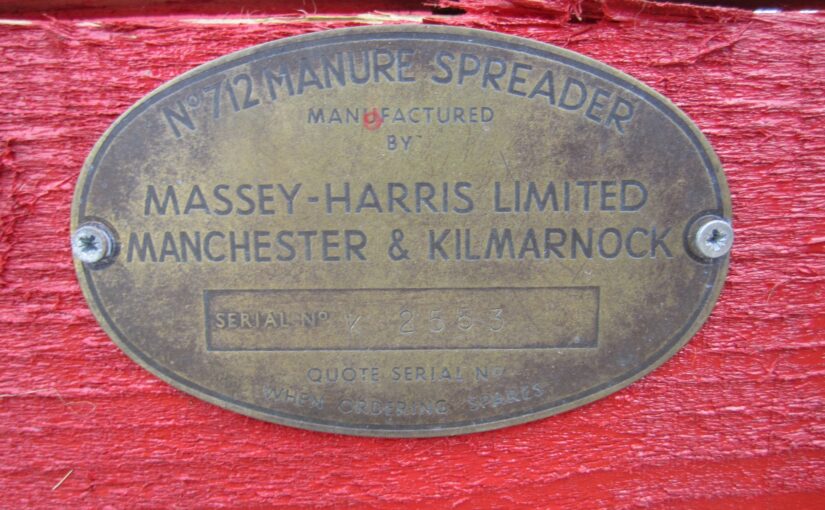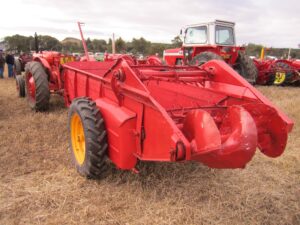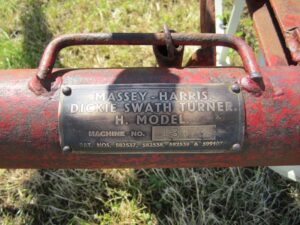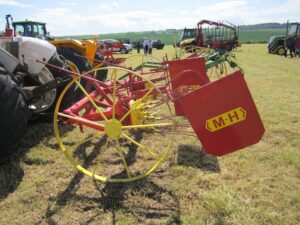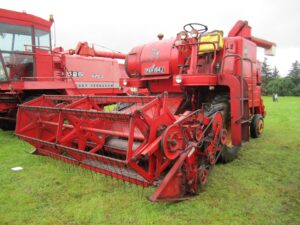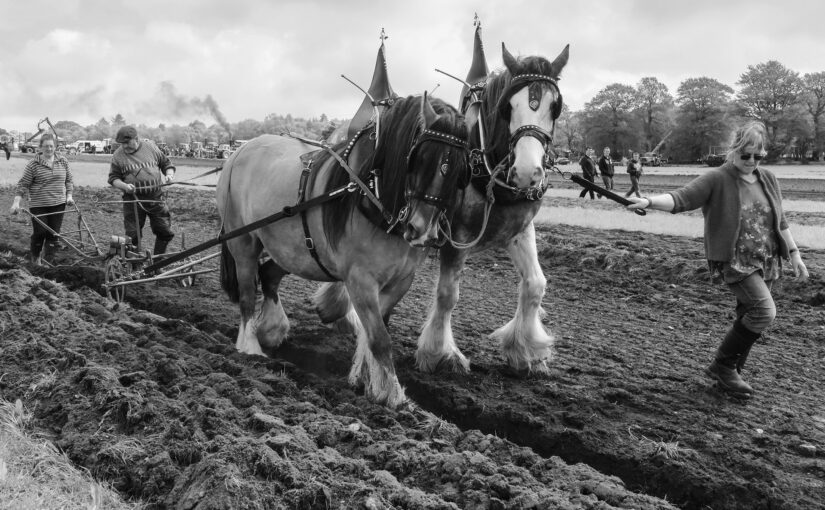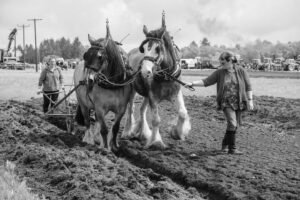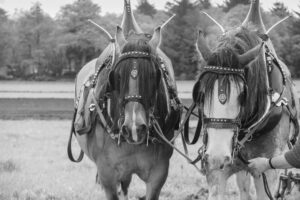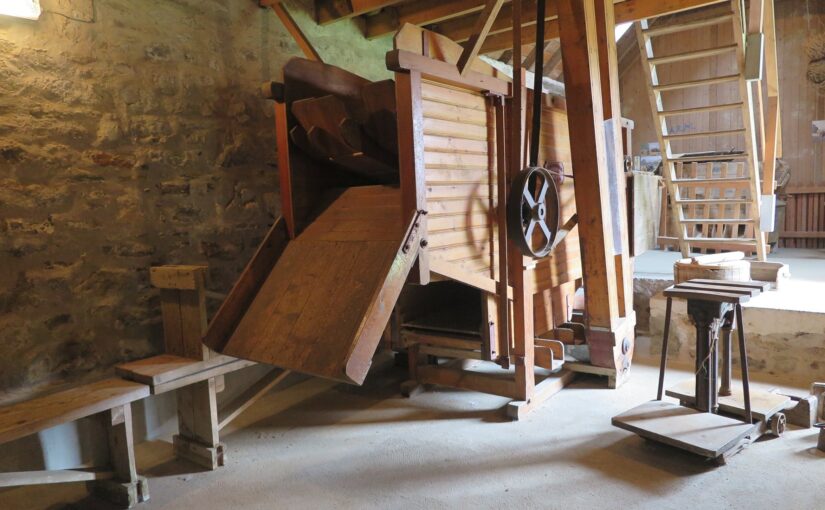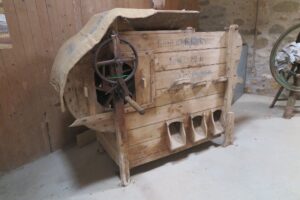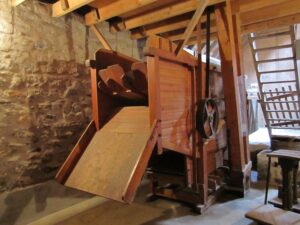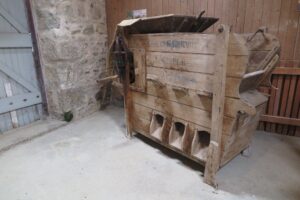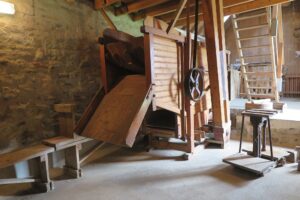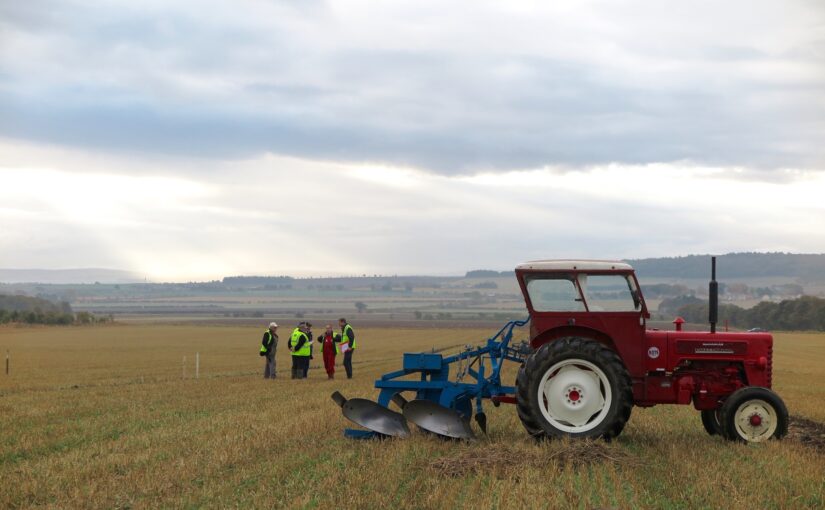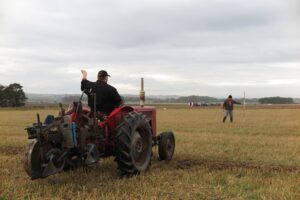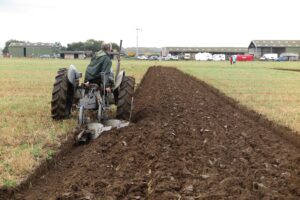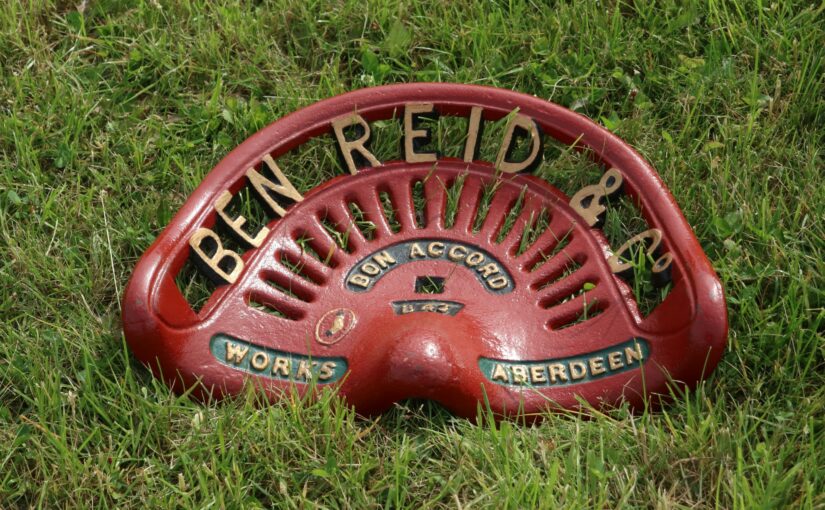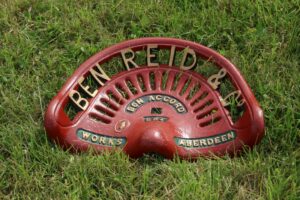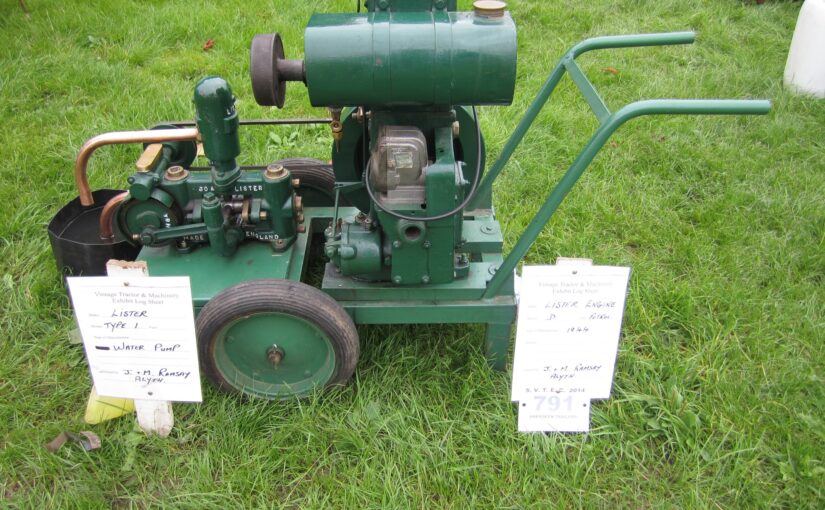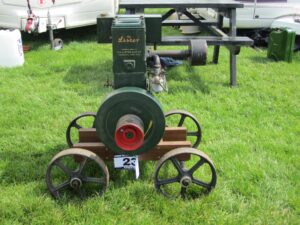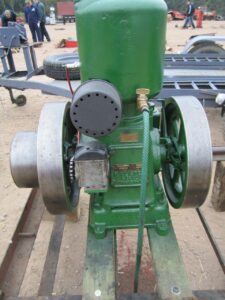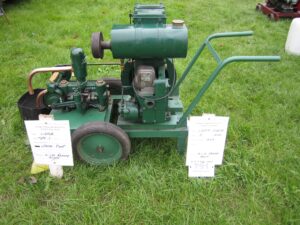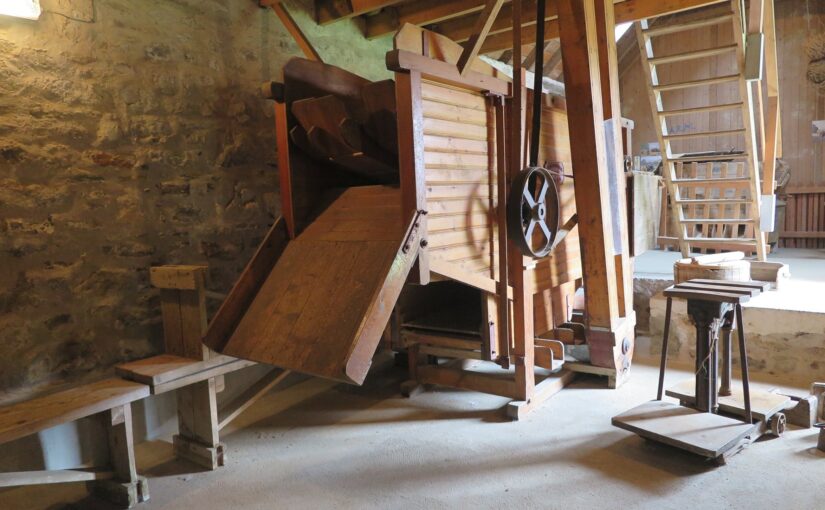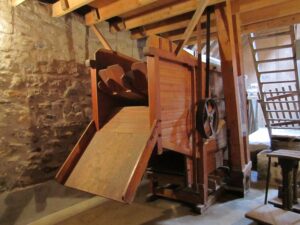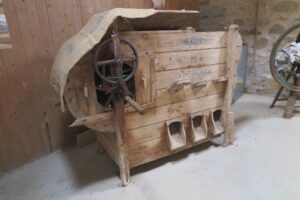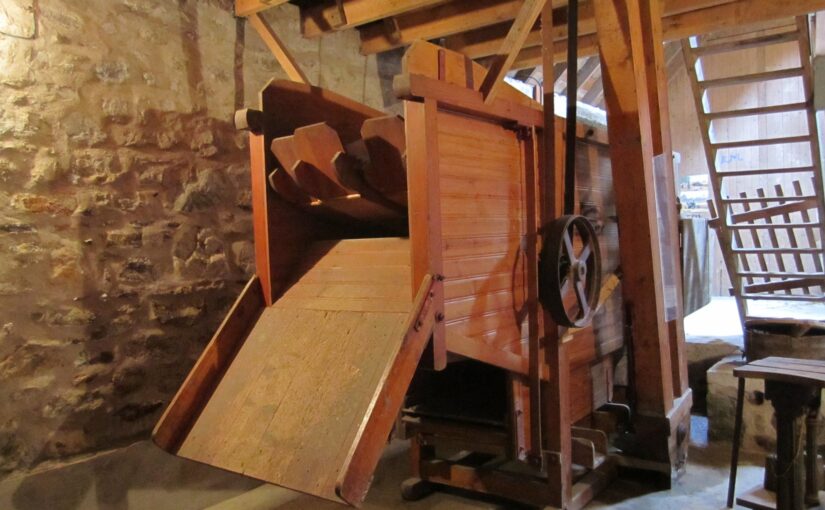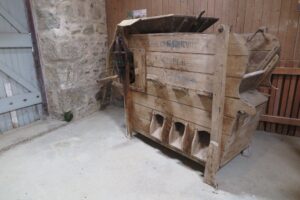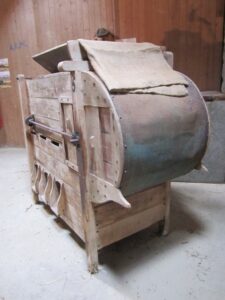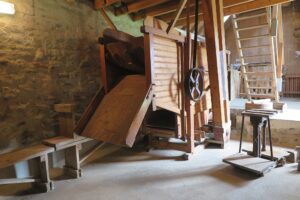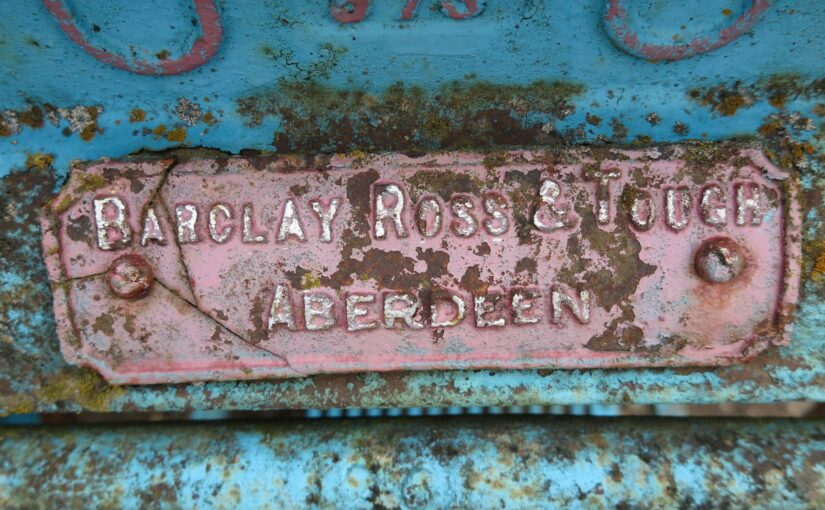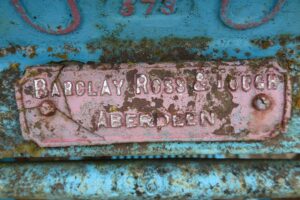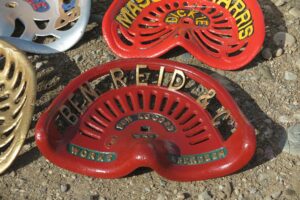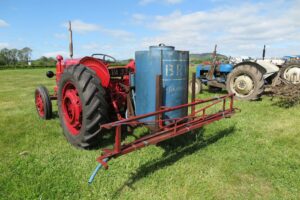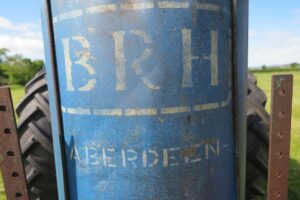Newspapers are an invaluable source for recording information on the implement and machinery makers and agents. This is especially so when they are opening new premises, enlarging their premises, or launching a new agency.
The Falkirk herald published an informative account of one local agent in the Falkirk district in its pages of 31 December 1938: Mr Alexander McCutcheon.
The following is the account of his agency:
“Mechanised farming
Change from traditional methods
Use of the tractor
“Falkirk for beans and pease” is a phrase which indicates the former importance of Falkirk as an agricultural market. Even to-day, when the accent is placed on industrial activities, Falkirk is the centre of a prosperous agricultural district. On carse land and hill farming in the area has been brought to a high pitch of perfection within modern times.
Here, as elsewhere throughout the country, the agricultural revolution has taken its course. There has been a change from the old methods of framing-methods which had become traditional through constant repetition generation after generation. For many years the Scottish farmer has worked along orthodox lines, and the peasant labouring in the fields was a common sight in pre-war Scotland. After the war conditions changed rapidly. Prices of farm products dropped so low that the farmers, rooted in tradition as they were, found it necessary to improve production methods if they were to continue to win a livelihood from the earth they tilled. They did so by getting away from manual labour and stepping into the mechanised field.
Farming progress
From that point it did not take the farmers long to discover the advantages of the new methods, which enabled them to produce with much lower overheads and get their seeding and harvesting done at the right time of season. As a direct result farm mechanisation in the British Isles is abreast of that of any other agricultural country in the world.
To meet the changed conditions it was essential that firms specialising in the supply and maintenance of mechanised equipment for farmers should be established in the agricultural districts. Such a concern is that conducted by Mr Alexander McCutcheon, whose Stirlingshire depot is conveniently situated at the Auction Mart, Falkirk. The business has been established for five years. Mr McCutcheon has the distinction of being the only agricultural implement agent with a depot in Falkirk.
Mr McCutcheon is an agent for Massey-Harris Ltd, one of the premier firms of manufacturers of agricultural machines. The name Massey-Harris is known wherever “power-farming” has been introduced. They can offer the farmer a machine for any purpose, and the farmer who uses Massey-Harris mowers, swath turners, rakes, hayloaders and elevators, to name only a few of their specialities, will find that these machines are ideally suited for their individual jobs.
Value of tractors
Progressive farmers have not been slow to realise the enormous advantages which accrue from the use of tractors on the farm. In the spring it is often found that many a crop is spoiled by sowing before the land is on condition. Once the land is in condition speed is essential, and it is then that tractors prove invaluable. The same story is repeated at harvest time. Where binders are used on hill-land it will generally be found that leading-in will be accomplished much quicker if a tractor is used.
On this subject one well-known farmer has said: “I find that at leading-in time we can lift, bring home, and stack more with one tractor, one trolley, two men and a boy, than with three horses, three carts, two men forking in the field, and one man stacking with a woman to cran (assist the man on the stack)-a total of six men and a woman.” On sheep farms, when it is necessary to take feeding to the animals during snow-storms, it will be found that a track-laying tractor makes light of the task of travelling over frozen snow or soft drifts. Tractors, therefore, are exceedingly useful to farmers during the lambing season when such conditions are likely to prevail on upland farms. Massey-Harris is a concern which can be confidently consulted, through their local agent, if it is desired to purchase a tractor for any agricultural purpose.
Dairy equipment
Dairy farming is an important branch of the agricultural industry in Stirlingshire, and in these modern days it is essential that due attention should be paid to cleanliness in the dairy. For purposes of cleanliness the very best equipment is sound economy. Mr McCutcheon is able to offer farmers a full range of milk coolers, seamless strainers, milk receiving tanks, dairy pails, churns, and churn carriers, washing equipment, sterilising chests, dairy boilers, bottle washers, brushes, and other miscellaneous items at moderate prices.
In addition to his sales business, Mr McCutcheon is in a position to undertake contracts at farms in the Stirlingshire area. Farmers who require help with ploughing, sowing, harrowing, reaping, and so on will find that they can readily obtain assistance, with the use of modern tractors, by applying to Mr McCutcheon. The terms for this service are such as to place it within the reach of every farmer.
An indication of how Mr McCutcheon’s business is expanding as a result of supplying s definite need in the district is that on November 28 his firm took possession of Muirhall Farm to be used as a service depot for agricultural implements and machinery. The firm, it should be pointed out, carries out repairs of all kinds, thus obviating the necessity of Stirlingshire farmers taking their machines and implements elsewhere to be repaired.”
Did you do business with Alex McCutcheon?
